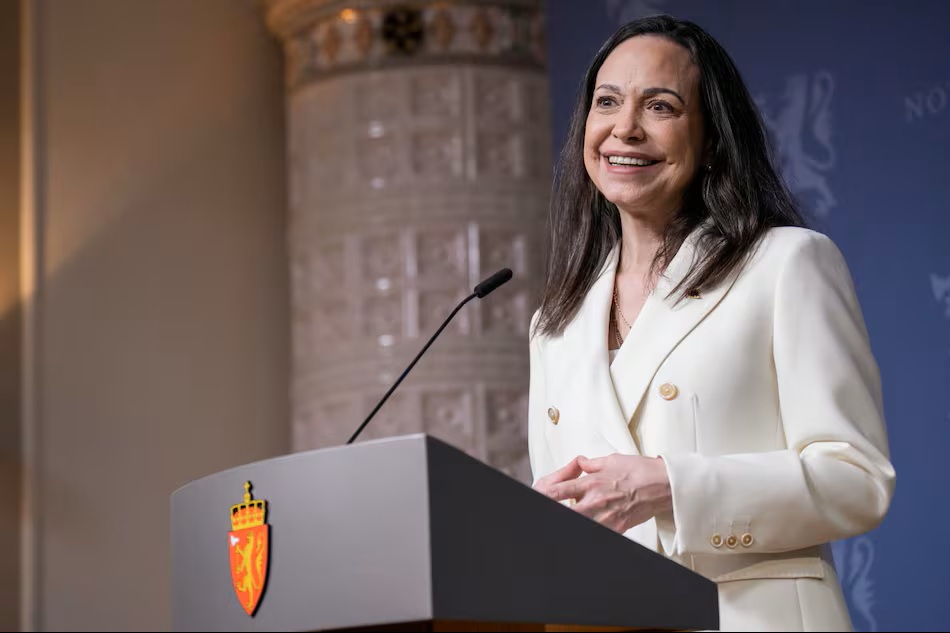Panama leads continent in growth rate – IMF

WHILE The International Monetary Fund (IMF) predicts a slightly slower growth rate for Panama this year and next, the country will still have the highest growth rate on the continent.
Panama will fall from 6.1% to 6% in 2015 and 6.4% to 6.3% in 2016. The IMF It also lowered its global growth forecast for 2015 and 2016, a movement caused by the worsening performance of the emerging economies, which account for about half of global GDP. and are the further driving growth.
The new world growth prospects were presented in Lima, Peru, where the IMF and World Bank this week celebrated the annual meeting of Governors. The world will grow this year by 3.1%, two tenths less than expected last July and threetenths less compared to 2014 growth.
In addition, the IMF economic counselor, Maurice Obstfeld, warned that downside risks to the global economy are more pronounced now than a few months ago.
The movement of the global economy said Obsfteld- is marked by three major forces: the conversion of the Chinese model of an economy based on production and export of services and domestic consumption economy; falling commodity prices, a phenomenon directly linked to the evolution of the Chinese economy; and the imminent increase in interest rates by the United States that could have global implications and add to current uncertainties.
All these factors affect emerging economies, which will reduce its growth rate of 4.6% from 2014 to 4% this year.
The same trend is expected for the subcontinent of Latin America and the Caribbean, which will rise from 1.3% growth in 2014 to a fall in GDP of 0.3% this year.
The correction of this estimate in relation to July was 0.8%, the steepest in the world. The performance of the region is marked by the fall of two large economies Brazil (-3%) and Venezuela (-10%).
In the case of Central America, the region will perform better relative to Latin America as a whole, but also will slow from 4.1% in 2014 to 3.9% this year.
Economies benefit from their relationship with the United States (which will grow 2.6% in 2015 and 2.8% in 2016) through trade and receiving remittances, and also the low price of oil





